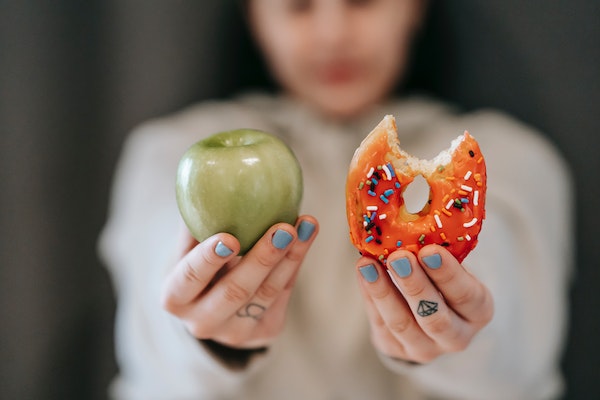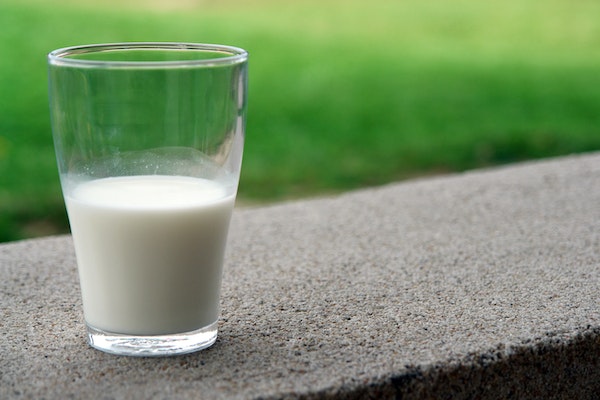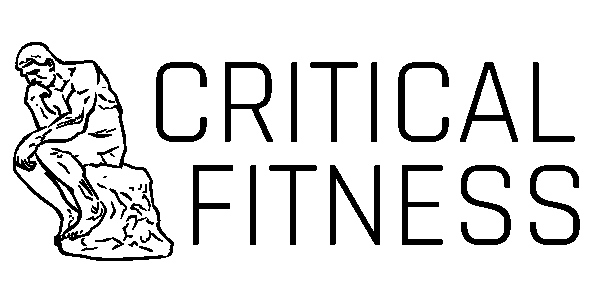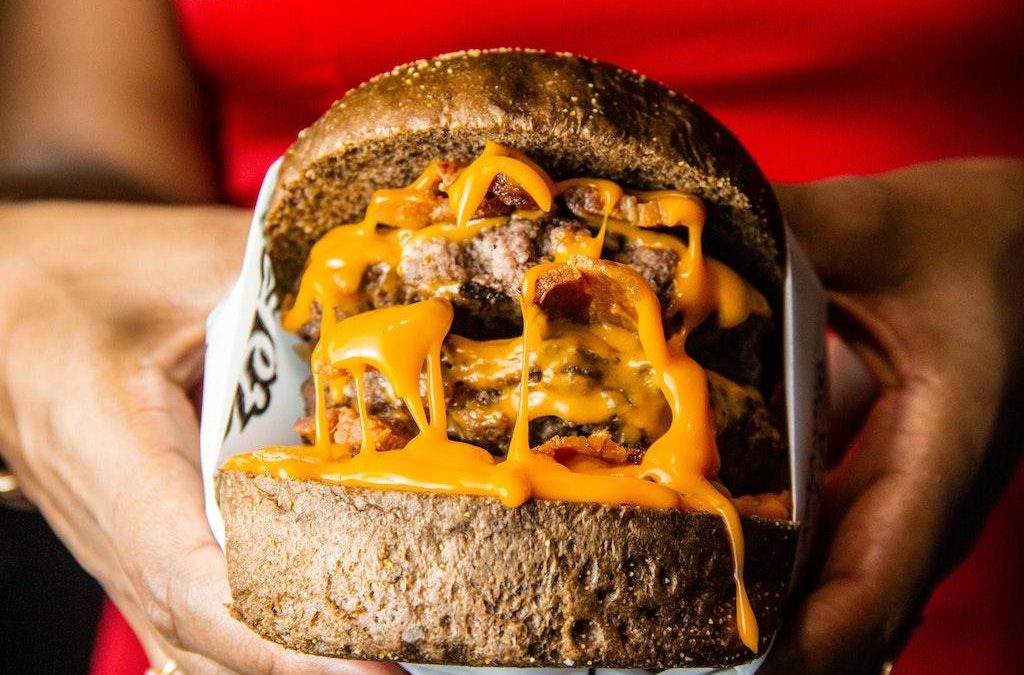I have a confession to make. Recently I found myself questioning the advice of an expert discussing the cost of healthy eating.
No one was more surprised than me. For someone who makes a fuss about evidence-based practice and advice in the fitness industry, it was a strange feeling.
I listened as a public health researcher commented that it was more expensive to have a healthy diet, than an unhealthy one. Everyone else in the discussion agreed and moved on. But this was not my experience.
That’s right, I caught myself trusting my personal experience ahead of an expert opinion! There have been plenty of occasions in my life when, to save money, I’ve eaten out less, and prepared more meals at home. And it seems to work.
But I usually equate eating healthily with eating at home. But others may not prepare the same types of meals I do. So rather than just reject this expert opinion, I decided to investigate further. Could I be wrong? Is healthy eating more expensive than I realised? What does the research say?
As usual, it’s more complicated than it seemed at first. The answer depends on how we choose to assess the cost of a diet.

Healthy food is more expensive per kilojoule.
At its most simple, food is a source of energy. Our unit of measurement for energy in food is a kilojoule (or a calorie if you’re from the handful of countries ignoring the metric system). So, we should compare the cost of healthy, and unhealthy food choices based on the cost per kilojoule right?
When we do this, the unhealthy food is often cheaper. And this makes sense. After all, one of the characteristics of unhealthy food is higher energy density. For example, we may see added sugars in packaged food, and poor-quality meat with high fat content used in takeaway meals to keep prices down. These will add energy to our meal.
It varies between food groups though… the first sign that it’s more complicated than you might think!
Healthy food is usually more expensive per serve.
Rather than comparing per kilojoule then, let’s compare standard servings of each food group. What we find when we do this is huge variation between food groups! A healthier serving of meat (meaning a leaner cut) is much more expensive than fatty hamburger mince, for example.
But in the dairy group, some of the healthy options are cheaper. For example, regular milk will be cheaper than flavoured varieties, that usually have added sugar. Fruit yoghurt may be cheaper than a child’s snack like Yoplait.
If we tally it up, what happens? Given the recommended number of serves from each food group, and cost of both healthy and unhealthy serving options, the healthy diet will cost more.
Case closed, right?

Not yet. Comparing serves like this assumes that people with both healthy and unhealthy diets consume the number of serves from each group. That doesn’t happen. While the Australian Guide to Healthy Eating recommends no more than two serves of discretionary food choices each day (think snack food, chocolate, soft drink, alcohol), the typical Australian diet contains about 35%-40% of energy from this group.
But most people don’t follow dietary guidelines.
Lots of people claim that dietary guidelines are bad for us because obesity rates keep increasing. But people don’t usually eat in a way consistent with these guidelines. The Australian Guide to Healthy Eating recommends less than two serves of discretionary foods a day. Obviously, most of us don’t stick to this. And fewer than 45% of adult Australians eat the recommended number of serves of fruit each day, and only 9% the number of serves of vegetables.
To get a practical understanding of the cost of healthy eating, we need to compare different eating patterns. How much would it cost to make healthy choices consistent with the Australian Guide to Healthy Eating, compared to less healthy choices, and more discretionary serves?

Healthy food is cheaper when comparing different eating patterns.
Some recent research compared a range of different “shopping baskets”. That is, a typical grocery purchase, for a range of different lifestyles (couples, families, single people, etc.), and from different locations.
Now, we find that buying healthier food is cheaper. But not always, and not always by the same margin. It’s always more complicated than you think at first!
When shopping for children, the cost difference is less. In areas of high socioeconomic status, the difference is greater. But on average, in Australia the cost of shopping for healthy eating is about 15% less than for unhealthy eating.
Your situation may be different.
Take all this with a grain of non-GMO, organic salt. After all, in a different location, with a different lifestyle, your costs may be different. And we haven’t considered access to food here. If you must travel further to buy healthier food options, that will add to your cost.
And in Australia, we have a goods and services tax (currently 10%) that applies to many foods, but not basic food items like fresh fruit and vegetables. If your country has a different tax system, the outcome may be different.
It’s also worth noting that I was not invested enough to do a huge deep dive into the literature around this. There are a huge number of variables to consider, and a large body of research. It’s possible to disagree on some of these findings. And it’s possible for your personal experience to differ from mine.
Cheaper healthy eating options
If you’ve gotten this far, you may have some cost-saving tips for healthy eating, that you use all the time. If so, feel free to drop them in the comments. But here is the advice I give to students and clients if they don’t know where to start:

Plan ahead
You can do this by making extra servings when you cook and putting them in the fridge or freezer. This way you always have something ready to be microwaved as a convenient option. And when out of the house, bring your lunch and snacks with you. If you have something to eat on hand, you’ll be less likely to buy a snack.
Pay attention to the unit price
Rather than just showing the packet price, in Australia it is also a requirement to display a unit price (such as a cost per 100g, or per 100ml). This helps you compare brands that might have different sized packaging. In general, larger packets will have a cheaper unit price. 4 kilos of rice will be cheaper per unit than 500g, for example.
Generic brands are cheaper
There’s a lot of concern about the lack of competition in the grocery industry in Australia, and I know many of us would rather support a small, local business than a huge national or global corporation. But it’s cheaper. And if that is the trade-off you need to make for good health, given other financial pressures, don’t feel bad. Buy the generic product.
Red meat is really expensive
The difference between healthy and unhealthy choices is monstrous with red meat. So if money is really tight, look for alternatives. Chicken, fish, and tofu could all be cheaper options.
Discounts
If you aren’t really into shopping, maybe you just want to get in, buy what you need, and get out quickly. But if you see a discount sticker, pay attention. If the food is close to the use by date, it may be discounted. And you may be happy to switch brands for a time if there is a sale on one, even if it isn’t your preferred one.



Recent Comments